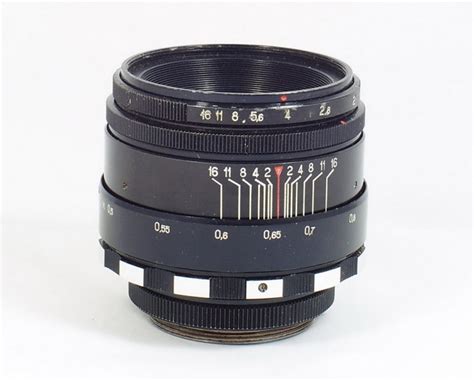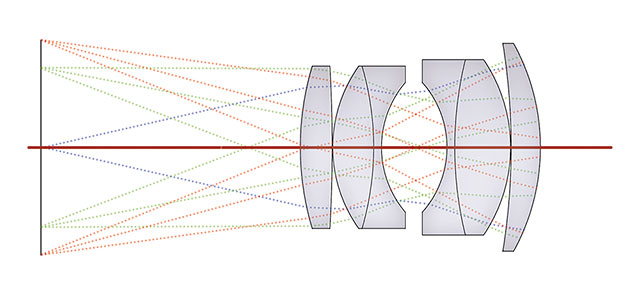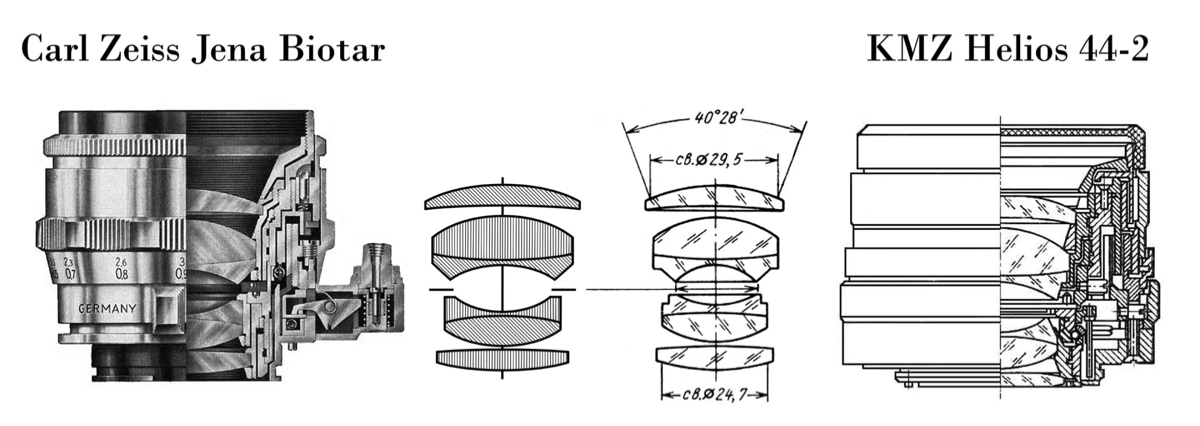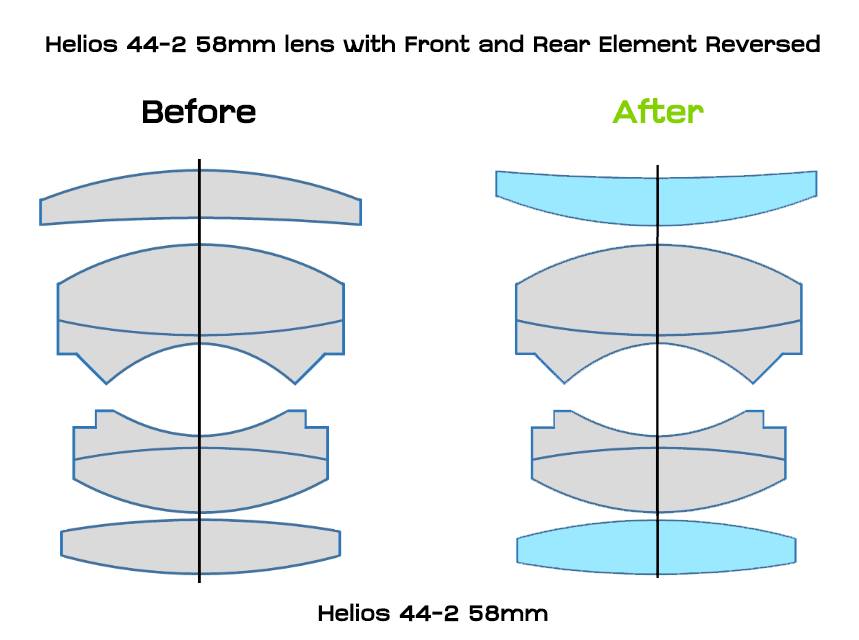The Lens details of a series of images taken by Steve Cushing on mirrorless camera.
Fitting is a 42mm mount with a 45.46mm
Flange Distance - this lens will fit and achieve focus to infinity mirrorless cameras and on most DSLRs.
HistorySoviet lenses have a strange background in comparison with their German and Japanese counterparts. Some optical designs, such as the Helios 44 are direct copies of the Biotar and Flektogon series made my Carl Zeiss. The Jupiter 11-A has the Sonnar design. However, what makes them stand apart is that even if they are copies they still have a unique image rendering.
The names of the Soviet lenses often featured cosmic themes rather than optical design names such as Jupiter, Vega, Helios, Tair. In the Soviet era, everything that is connected with space was a trend. And they called the cosmic names of not only for their lenses, but other items such the tape player "Vega" motorbikes "Jupiter," and so many more products. Soviet lenses can be divided in two ways. Sometimes the name states the optical design (Helios, Industar, etc), The second way to clarify them is the brand of the manufacturer (Arsat, Zenitar, BelOMO).
The first way implies that the name of the lens attached specific optical design. This logic is likely to have been borrowed from the German company Carl Zeiss. Historically, after the WWII the Soviet Union brought the reparations of the optical factories from Germany, with raw materials and blanks, and also received the right to use certain optical designs, it is mostly the firm Zeiss.
But as the companies developed, Soviet designers took Zeiss lenses, produced them with Soviet types of glass and put them into production. So developed legendary Soviet lenses. Some optical designs were also invented by Soviet designers. For example Tair, Telear, Kaleinar etc.
This LensThe Helios 44 58mm f2 is one of the most mass produced lenses ever. It is based on the lens formula of the
Carl Zeiss Biotar 58mm but differs slightly as the Zeiss Biotar is made with German Schott glass which was not available in the Soviet Union so the optical formula has to be slightly modified for the Helios copy of this lens.
Much has been written about this Russian "bokeh monster". Back in the end of World War II, the Russians occupied East Germany. The left with the Biotar formula and many of the toolset. Because the Helios 44-2 58mm is one of the most mass produced lenses ever made and can be acquired rather cheaply, I have four of them!
It’s far from being a perfect lens but the bokeh and dreamy look wide open is quite something. The Biotar formula creates a swirling bokeh that is just stunning. This is why it’s called the “Bokeh Monster“.
The Helios-44 is a good lens in its price range without ever excelling. The Helios has serious issues under sunny condition. It can produce “glowing” images. If you want to obtain super sharp images you really need to stop the lens down quite a bit. I would recommend using a lens shade to minimise flare.
As all lenses that are based on the Biotar formula, the Helios 44 has an interesting twirling bokeh. The lens itself is also reasonably sharp when stopped down. The focal length of 58mm is a bit unusual but comes in handy for portraiture shots. The Helios 44 is also very much appreciated among artistic photographers who relish its bokeh and colour rendition. Lomographers will love this lens. If you want an inexpensive lens to experiment I would recommend getting this lens. The Helios is also great if you want to try experiments and more artistic things.








